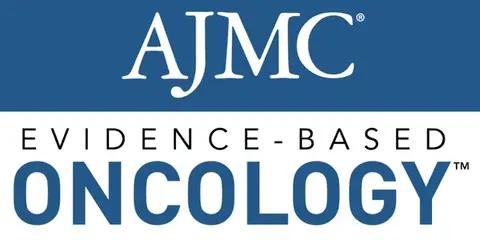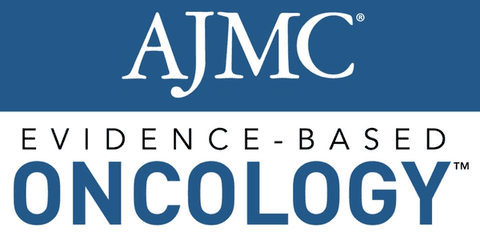Article
Collaboration Leads to Clinical Pathways Success for One Illinois Practice
Author(s):
Cancer Care Specialists of Illinois was able to reduce its median total drug spend by a notable 13.5%—$250,000 per medical oncologist—versus other practices enrolled in the Oncology Care Model, between the first quarters of 2017 and 2019, through the use of evidence-based clinical pathways.
For the Medicare population alone, costs for cancer care could total $240 billion by 2023, with drugs to treat the countless diseases that fall under this umbrella term firmly entrenched as the No. 1 cost driver. One oncology practice, however, may have found a solution to reign in these projections.
Cancer Care Specialists of Illinois (CCSI) successfully implemented the New Century Health (NCH) data-driven clinical pathway model by combining it with voluntary physician collaboration, all in the name of maximizing cost savings and treatment effectiveness for patients and reimbursement for the practice under the Oncology Care Model (OCM). The results of this experiment can be seen in a recent issue of JCO Oncology Practice.
“The average oncologist doesn’t have the time or resources to determine which treatment regimens offer the best value. The New Century Health clinical pathway model has allowed us to compare both the efficacy and costs of various drug combinations with 2 mouse clicks on our electronic medical record desktop rather than hours of clinical research,” said James Wade, MD, FACP, FASCO, founder of CCSI.
Overall results showed that between the first quarters of 2017 and 2019, despite the continued rise in drug spending, this happened at a slower rate for CCSI after implementing the NCH pathway than it did for the OCM: 18.6% (from $2261-$3156) versus 34.4% (from $2345-$3151). In addition, CCSI was able to reduce its median total drug spend by a notable 13.5%—$250,000 per medical oncologist—versus other practices enrolled in the OCM, which averaged out to a 1.7% (95% CI, 1.0%-2.4%) drop each quarter.
The total cost of care at the practice also fell by 5%, versus the OCM median, and clinical pathway adherence improved by 17.4%, from 69% to 81%—following a secondary analyses that took place between October 2017 and December 2018.
How was this all accomplished, and without any prior authorization? A joint CCSI/NCH clinical data governance committee was formed, which held biweekly meetings to review treatment plans, clinical pathway adherence, and drug utilization. The treating physicians also had to submit all suggested treatment plans for evaluation and “clinical pathway adherence measurement” to NCH. These plans were evaluated against data NCH had already gathered using proprietary algorithms that weigh drug efficacy and clinical effectiveness first, followed by toxicity.
Additional factors cited by NCH and CCSI as contributing to the success of the value-based clinical pathway model include the “ramp-up” period when the decision support tool was first introduced, which allowed the physicians to become comfortable with the new decision-making process; the shared sense of accountability; and the speed at which outcomes-based regimens can be prescribed.
“Succeeding in alternative payment models depends on getting to value quickly, but it also means ensuring our physicians retain agency over their patients’ treatment. The care pathway model encouraged peer discussions, and we were able to make these changes together as a team rather than having them imposed on us from the outside,” noted Wade.
Reference
Hertler A, Chau S, Khetarpal R, et al. Utilization of clinical pathways can reduce drug spend within the Oncology Care Model. JCO Oncol Pract. 2020;16(5):e456-e463. doi:10.1200/JOP.19.00753.





